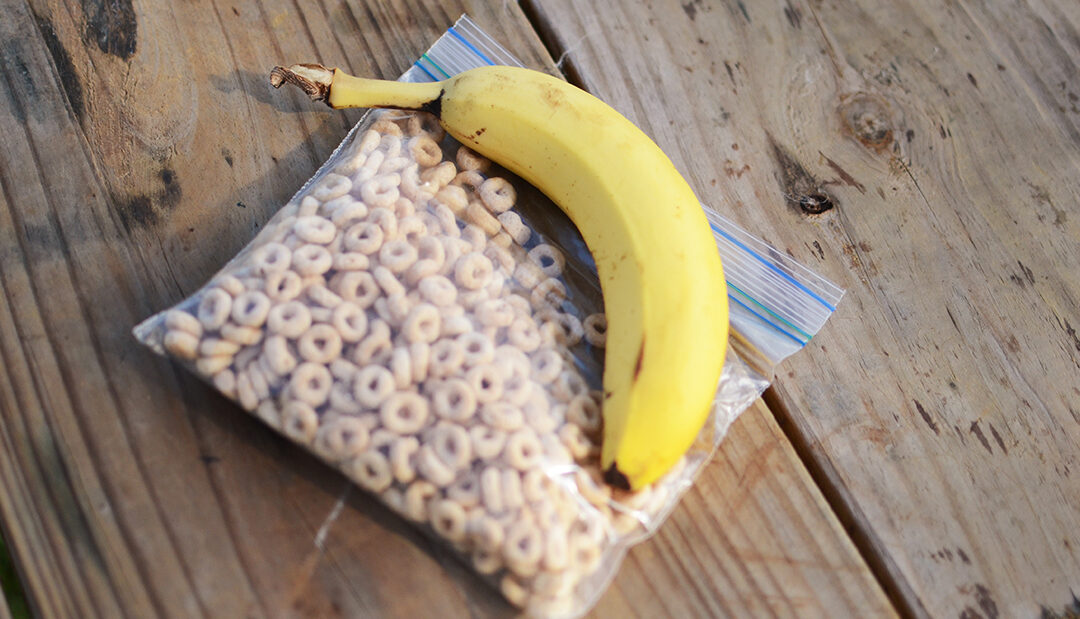
What to Expect If Your Child Has a Stress Fracture
If you have a young athlete in the family, you probably know that bumps and bruises are part of the game. A more severe injury, like a stress fracture, however, can be worrisome for any parent. Being informed about the nature of stress fractures and how to help your child heal can ease your mind.
What Causes Stress Fractures in Kids?
A stress fracture, sometimes called a hairline fracture, is a tiny crack in a bone caused by physical stress. This type of injury often occurs when a specific muscle or joint is overused or strained, known as an overuse injury.
Stress fractures commonly occur when a child performs the same movements over and over again, for example, running, jumping or throwing a ball.
Telltale Signs of a Stress Fracture
Stress fractures develop over time, and one of the first signs you may notice is your child frequently complaining of pain after playing or practicing their sport.
Your child may experience other symptoms, including:
● Pain during exercise that doesn’t always go away with rest
● Redness
● Swelling
● Tenderness
Swelling or bruising may develop around the bone in the early stages of the injury when it’s considered a “bone stress reaction.” As the injury worsens, it develops into a stress fracture, causing a crack or tiny break in the bone.
Stress Fractures Commonly Seen in Kids
Stress fractures are most common in the weight-bearing bones in the legs and feet, including the tibia bone (shinbone). However, young athletes can experience stress fractures in many other parts of the body.
Gymnasts, for example, can develop stress fractures in the wrist, while softball and baseball pitchers may experience stress fractures in the arms or shoulders. Stress fractures affecting the lower extremities are common in nearly all sports since most activities place stress on the legs and feet. Rarely, stress fractures can develop in the spine or ribs.
How Are Stress Fractures in Kids Diagnosed and Treated?
If your child has symptoms of a stress fracture, check in with a medical provider. A sports medicine specialist can help determine the cause of your child’s discomfort and provide a treatment plan.
To diagnose an injury, the provider will first gather your child’s medical history and then conduct a physical examination, focusing on the area of discomfort. If the provider suspects a stress fracture, he or she may order imaging tests, such as an X-ray, CT scan or MRI, to confirm a diagnosis.
The primary treatment for a stress fracture is rest. Because the injury is most often the result of overuse of a bone and the surrounding muscles, taking the stress and strain off that part of the body is essential. Your child should take a break from activity, and if the injury is in the lower body, your child may also need to wear a boot or use crutches to take weight off the injured bone.
In rare cases, bones that don’t heal after a long period may require surgery to heal correctly.
Prevention 101
To reduce the risk of a stress fracture, have your child avoid repetitive movements as much as possible. Also, encourage cross-training. Having your young athlete do activities that require different muscles and movements not only limits stress on a single joint, but it can also strengthen other muscles and improve their performance in their primary sport.
You can also help your child prevent stress fractures by having them prioritize rest between games and practices, using proper sport-specific equipment and eating a balanced diet rich in vitamin D and calcium. Finally, teach your child never to play through pain.
Think your child may have a stress fracture? Call 469-515-7100 to schedule an appointment with one of Scottish Rite for Children’s sports medicine specialists.





.jpg?width=250&height=297)
.jpg?width=300&height=400)